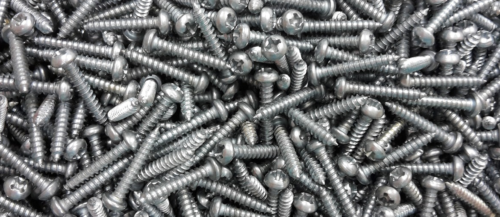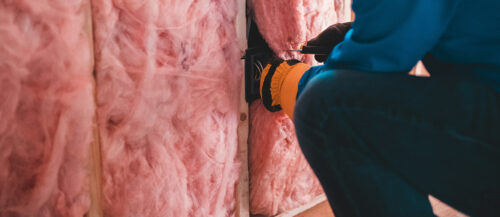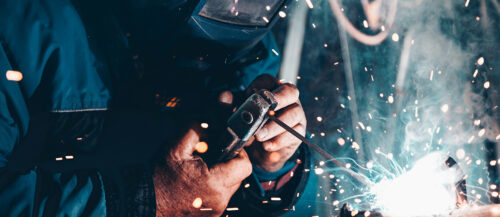Phillips or Pozidriv? Many people use the terms interchangeably but there is in fact a great deal of difference and using components from different systems together is going to cause you problems. Make sure you understand the difference so that your project goes as smoothly as it can and that you achieve professional, lasting results; simply arm yourself with the facts in the BS Fixings Pozidriv Primer!
First of all, we need to correct ourselves a little; a Pozidriv IS a Phillips but a Phillips is not necessarily a Pozidriv! Confused? The simple fact is that Pozidrive is an IMPROVED version of the standard Phillips screwdriver and was jointly patented by the Phillips and American Screw Companies.
Combining the word ‘positive’ with ‘drive’, the Pozidriv offers several distinct advantages over its predecessor, the main one being that the likelihood of camming out is greatly decreased due to much-improved engagement, allowing for a much higher level of torque to be successfully applied.
In the USA, a Pozidriv-type system, Supadriv, is referred to as ‘Type IA’ and is similar enough to be compatible with Pozidriv components. Drive bits are usually given the designation PZ followed by a size code ranging from 0 to 5.
Using Phillips screwdriver bits with Pozidrive is a likely source of damage as the two are quite different though appear the same to the untrained eye. The angle on the flanks, rounded corners and pointed tip of the standard Phillips screwdriver are absent from the Pozidriv, which instead has level flanks, additional small ribs and a blunted tip.
Philips drivers are cut with four simple slots but in the Pozidriv each slot is created by two processes in a machine, at right angles to one another. This means that the arms of the cross are tapered in a Phillips but are parallel sided with a Pozidriv. The main disadvantage of the Pozidriv system is its visual similarity to standard Phillips, meaning that the damage mentioned is a regular occurrence.
Our team are here to help! If you aren’t sure of any aspect of fixings and fastenings then all you need to do is pick up the phone and one of our highly-trained experts will guide you through your available options, helping you to discover the optimum choice and giving you the very best start on your project.





